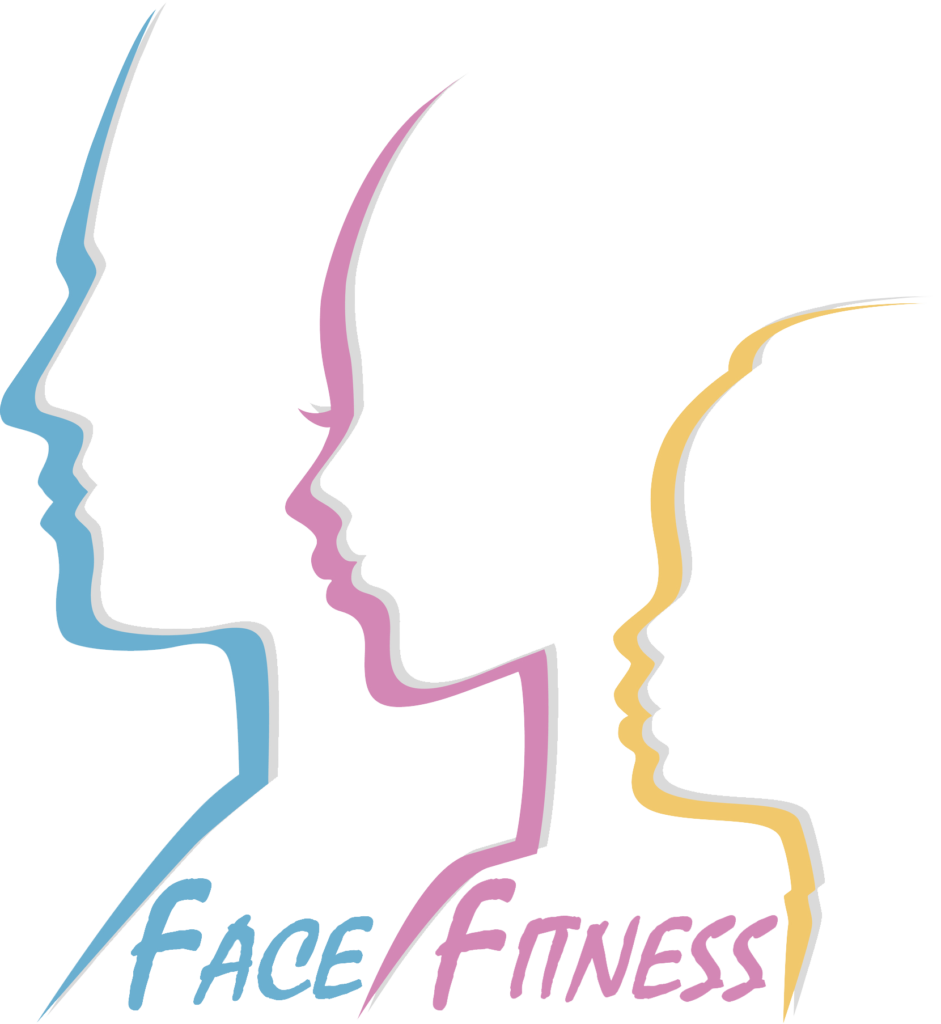Sleep Apnea
What Is It?
Obstructive sleep apnea is when the muscles in the back of the throat relax during sleep. When the muscles relax, the airway narrows down and eventually closes during breathing. This disables the body from getting enough air, which causes the oxygen level in the blood to significantly decrease. The body’s inability to breathe sends a signal to the brain to awake from the sleep in order for the airway to open up again. This process usually lasts a split second, therefore, most people do not remember or even realize that they awoke. A person will either snort, choke or gasp for air when this happens. This process repeats multiple times throughout the night, impairing the person from a complete, good night’s sleep.
In the past, sleep apnea was always viewed as a sleeping condition that affected older people; particularly men. Most people that are diagnosed with sleep apnea are required to permanently use a CPAP machine, every night, in order to combat the effects of sleep apnea. Over the years, advanced research has revealed that sleep apnea is a condition that is affecting both the young and old population. The side effects of sleep apnea are also much more adverse than previously known. Sleep apnea has been linked to a number of developmental conditions such as lower IQ and ADD.
As people are becoming more aware of sleep apnea, there are more specialists in the area of sleep therapy and medicine finding innovative ways of treating such patients. There are a number of approaches in treating sleep apnea, and like any other treatment, the preferred treatment varies from patient to patient. Even today, the CPAP machine is considered a highly recommended option, however, there are also a number of other options that weren’t available before. A wide range of dental appliances and other therapy options have been introduced to provide alternative options to those who can potentially benefit from them.

How Is It Diagnosed?
Sleep apnea is a condition that can solely be determined by a medical doctor. A physical check up along with conducting a sleep test will determine if a patient has sleep apnea, and to what degree. Neither a dentist or myofunctional therapist can diagnose sleep apnea. This being said, it is important that one seeks medical attention from a doctor to actually diagnose the patient with this condition. Being an experienced myofunctional therapist, I am well aware of the signs and symptoms of sleep apnea and can suggest someone to see their doctor if I suspect someone I am seeing may have it. If the patient is diagnosed with sleep apnea, I can then initiate my treatment based on the results of their test.
Myofunctional therapy is a fairly new approach to treating obstructive sleep apnea. Due to the fact that mouth breathers already have weak, improperly operating mouth, tongue and throat functions, it is no surprise when they show symptoms of sleep apnea. Through the process of strengthening and retraining these muscles, the symptoms of sleep apnea can also be addressed. In my experience, myofunctional therapy has significantly helped those individuals suffering from obstructive sleep apnea. It only makes sense that when the quality of sleep increases for a person, so does their quality of life.
